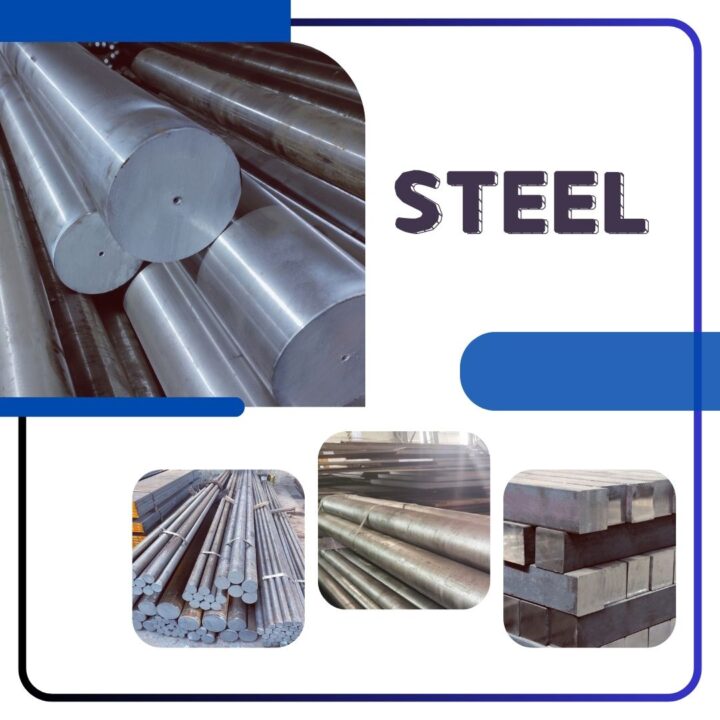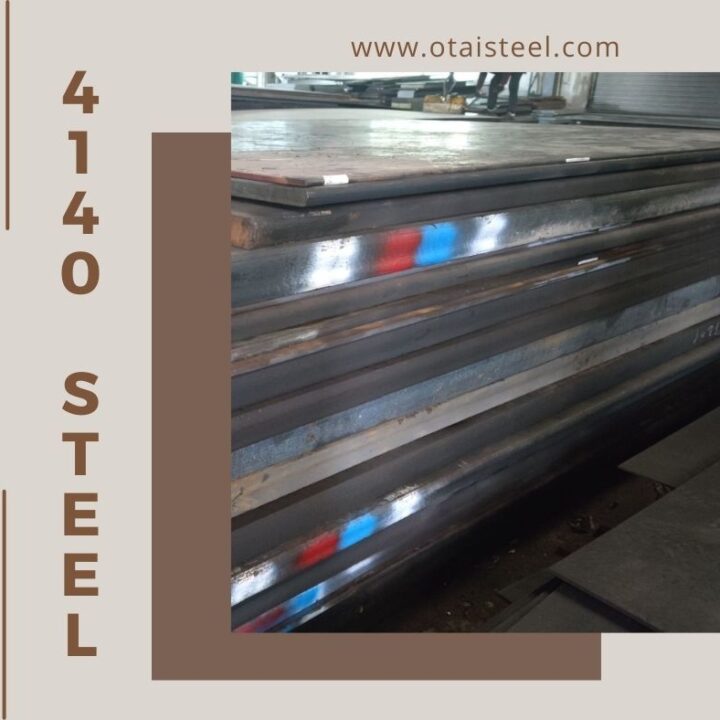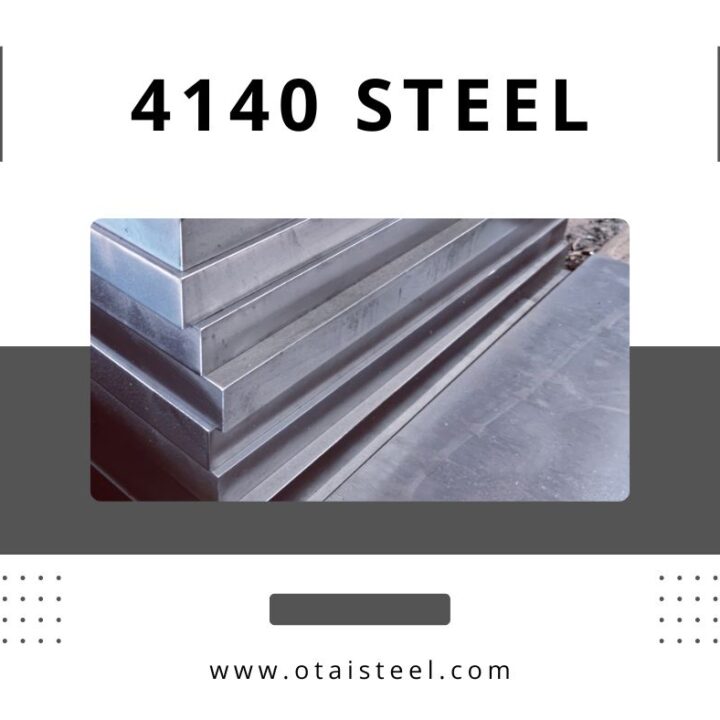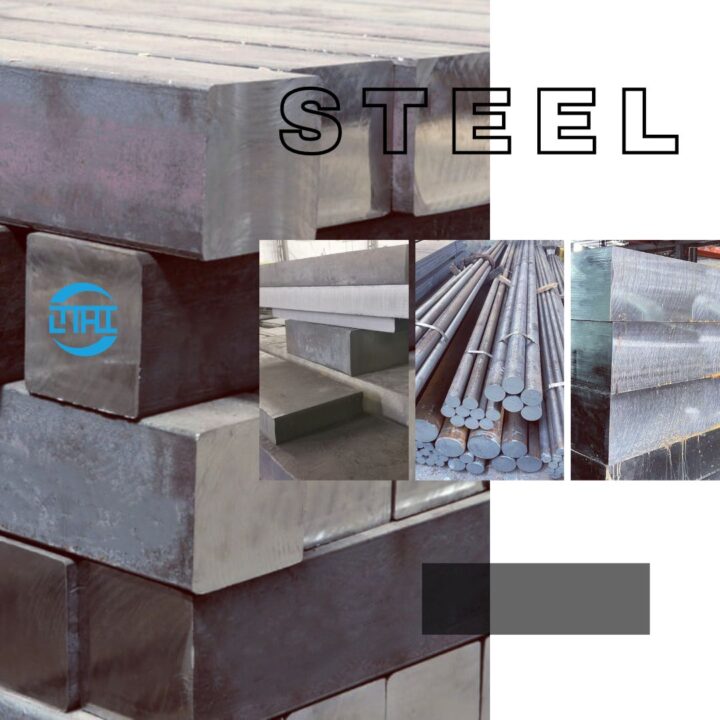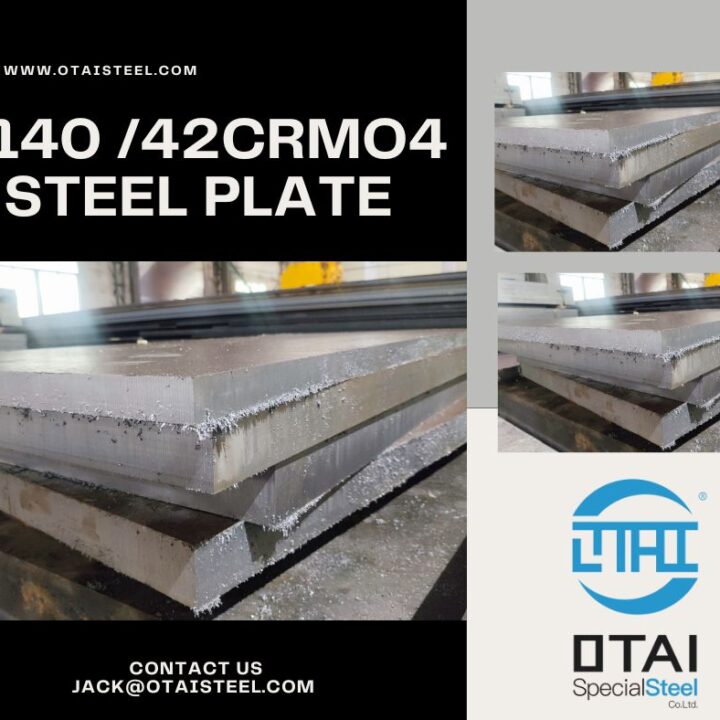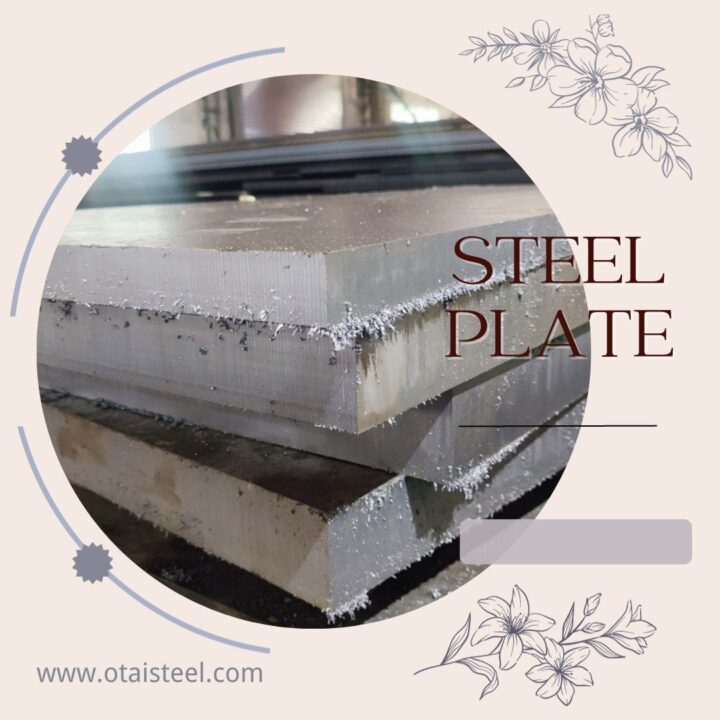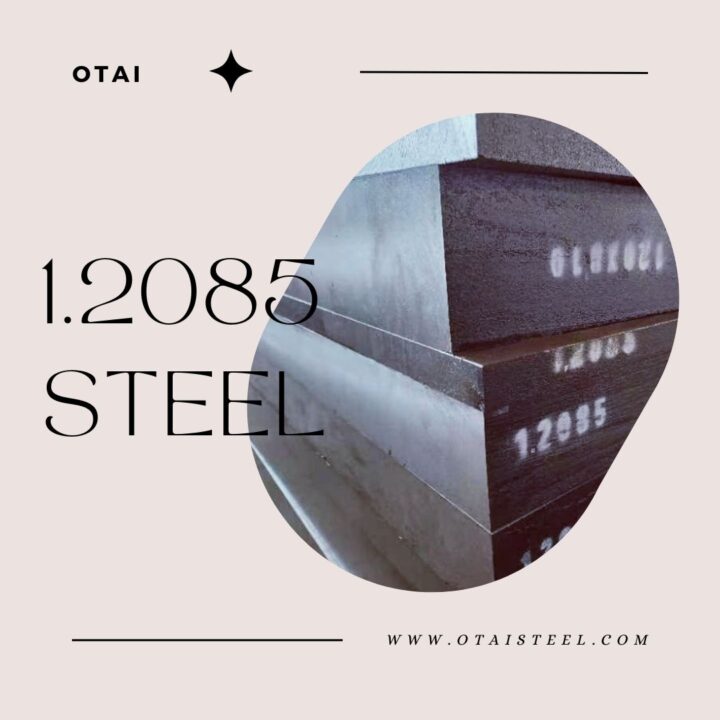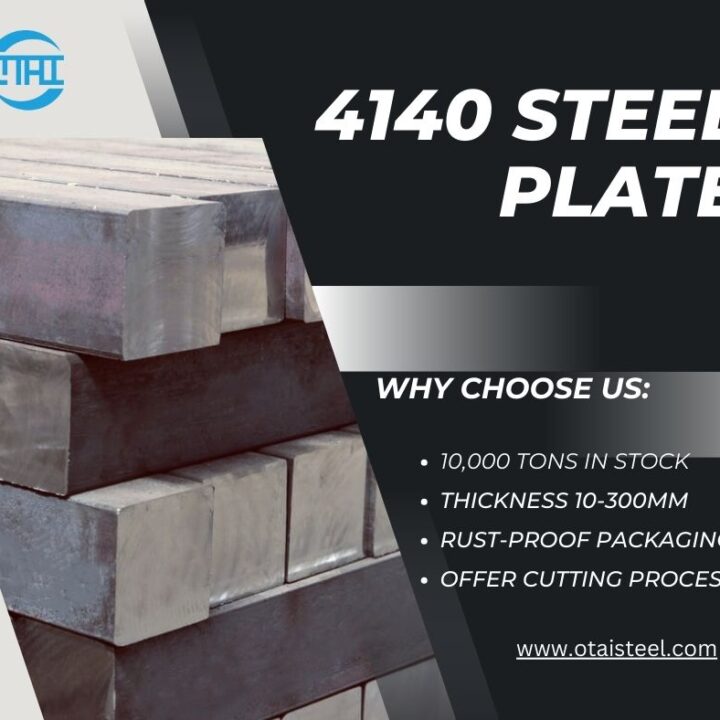how to improve the lifetime of die made of the 1.2344 die steel ? We can talk about it from the improvement of the heat treatment.
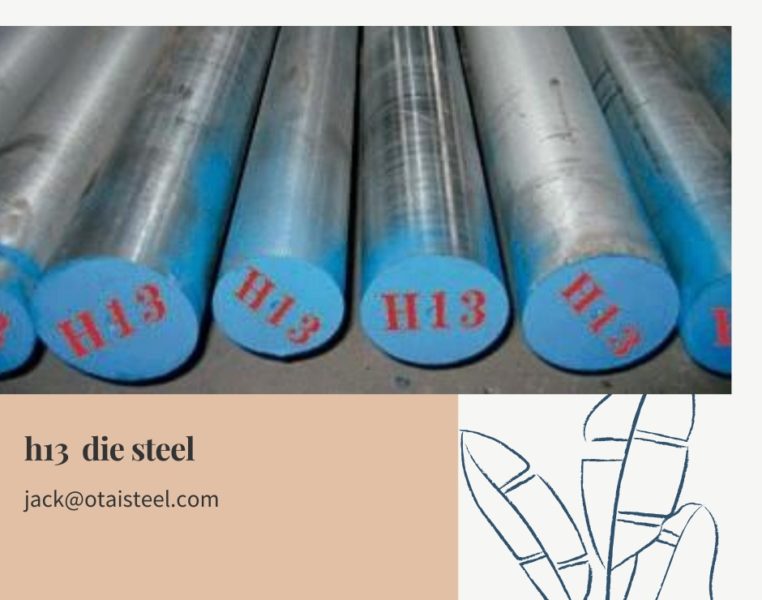
-
Heat treatment strengthening of 1.2344 die steel
The main structure of 1.2344 die steel in the annealing state is pearlite. and its performance is not up to the requirements of the mold. so it must be hardened and tempered to improve its overall performance.
In the quenching stage, the steel is heated above the austenitizing temperature. and then the steel is cooled with a greater degree of supercooling to obtain the hardened martensite structure. In the tempering stage, the steel is reheated to the austenitizing temperature. and the hardened martensite structure is transformed into a tempered martensite structure, to improve the comprehensive properties of the steel.
1) the quenching phase of 1.2344 die steel
Through the metallographic analysis of a large number of dies with premature failure, it is found that the coarse austenite grain is one of the important reasons leading to the premature failure of dies. The thickness of austenite grain is directly related to the service life of the die.
The larger the grain size, the greater the tendency of cracking and distortion during quenching. Therefore, the austenite grain size must be controlled effectively.
The original structure and thermal conditions of steel will affect the austenite crystal. Therefore, in the quenching phase, to obtain fine grain austenite, it is necessary to strictly control the heating temperature and holding time.
2) tempering stage of 1.2344 die steel
After the steel is hardened, there will be greater internal stress. The purpose of subsequent tempering is to remove the internal stress and make the metastable structure stable.
Too much residual austenite will reduce quenching hardness and embrittlement will occur during use due to aging deformation (transformation into martensite). General primary tempering can not reduce the residual austenite to a reasonable level. In actual production, secondary tempering is used, the tempering temperature is usually about 590℃, and air cooling.
Since martensite is formed during rapid cooling, air cooling occurs after each tempering to create a temperature gradient that allows the residual austenite to be transformed more thoroughly. After the second tempering, the hardness of the workpiece is maintained at HRC 47-50 to ensure that its performance meets the requirements.
The quality control of die steel is very important, it affects the life of die, product quality, and production efficiency.
